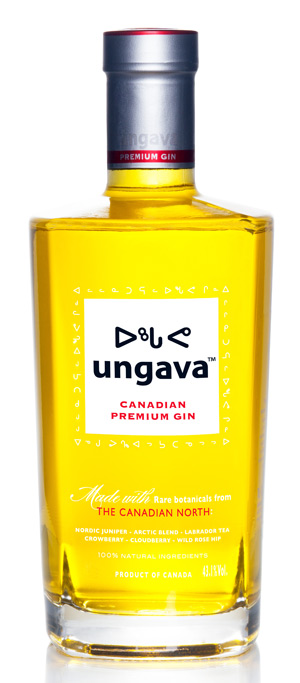 Some doctors and registered dietitians say they are increasingly seeing people whose desire to eat pure or “clean” food—from raw vegans to those who cut out multiple major food sources such as gluten, dairy and sugar—becomes an all-consuming obsession and leads to ill health. In extreme cases, people will end up becoming malnourished.
Some doctors and registered dietitians say they are increasingly seeing people whose desire to eat pure or “clean” food—from raw vegans to those who cut out multiple major food sources such as gluten, dairy and sugar—becomes an all-consuming obsession and leads to ill health. In extreme cases, people will end up becoming malnourished.
Some experts refer to the condition as orthorexia nervosa, a little-researched disorder that doesn’t have an official diagnosis in the Diagnostic and Statistical Manual of Mental Disorders, or DSM, considered the bible of psychiatric illnesses. Often, individuals with orthorexia will exhibit symptoms of recognized conditions such as obsessive-compulsive disorder or end up losing unhealthy amounts of weight, similar to someone with anorexia.
“There are people who become malnourished, not because they’re restricting how much they eat, it’s what they’re choosing to eat,” said Thomas Dunn, a psychologist and psychology professor at the University of Northern Colorado in Greeley, Colo., and a co-author of the article. “It’s not that they’re doing it to get thin, they’re doing it to get healthy. It’s just sort of a mind-set where it gets taken to an extreme like what we see with other kinds of mental illness,” Dr. Dunn said.
Among the proposed criteria: an obsession with the quality and composition of meals to the extent that people may spend excessive amounts of time, say three or more hours a day, reading about and preparing specific types of food; and having feelings of guilt after eating unhealthy food. The preoccupation with such eating would have to either lead to nutritional imbalances or interfere with daily functional living to be considered orthorexia.
Some Diets That Might Leave Out Nutrients
DAIRY-FREE: Pro: Some people feel better when avoiding dairy even if aren’t truly allergic. Challenge: Make sure to get calcium, phosphorus and potassium from other foods.
RAW VEGAN: Pro: Plant-based diets are nutritious and are associated with lower rates of obesity and chronic disease. Challenge: Some vitamins, especially B12, are mostly in animal products. Cooking can make some nutrients more bio available.
JUICING DIETS, CLEANSES: Pro: If used short term to kick start eating more fruits and vegetables, this diet can be acceptable. Challenge: Juices aren’t nutritionally complete. And cleansing is a misnomer as your body is ‘cleansed’ by the kidneys, digestive tract and lungs.
GLUTEN-FREE: Pro: Gluten is a must avoid for people with an allergy. Those who are sensitive may find they feel much better. Challenge: A complete diet can be achieved with energy- and nutrient-rich foods such as non-wheat grains.
Sometimes other illnesses can lead to orthorexia. David Rakel, director of integrative medicine at the University of Wisconsin School of Medicine and Public Health, estimated that 10% to 15% of the patients who come in with food allergies and related problems develop an unhealthy fear of particular foods.
Nutritional therapy often involves elimination diets—stopping to eat certain foods to check if they are contributing to an inflammatory condition, Dr. Rakel said. Under the program, the foods are later gradually reintroduced, but some people continue to avoid them. “People are getting so strict with their health choices that they’re not getting the nutrients that they need,” he said.
“Someone on paper may be perfectly healthy and their blood work is great and their weight is fine but their behavior has become obsessive with food,” said Marjorie Nolan Cohn, a New York City-based dietitian and national spokeswoman for the Academy of Nutrition and Dietetics, a professional organization. A red flag is when someone’s eating habits are making them avoid social engagements, Ms. Cohn said. “They may not be able to go out to a restaurant with their friends because they don’t know what’s in the food or it’s not cooked in a certain way or what if it’s not organic olive oil?” she said.

